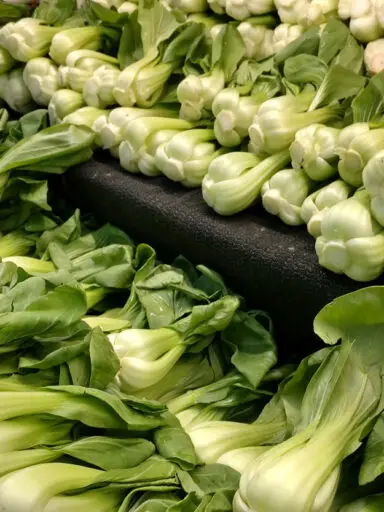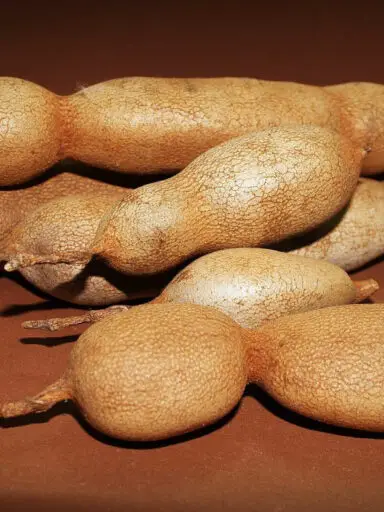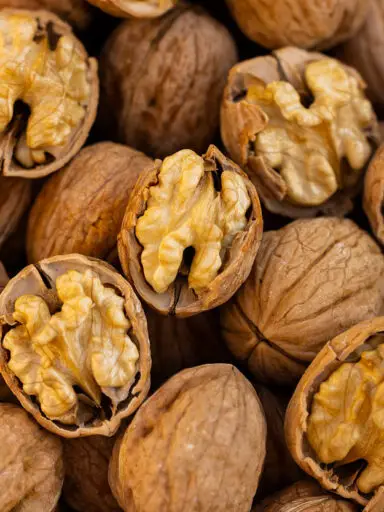Originating in the Northeast Mediterranean region, cauliflower also known as cabbage flower happens to be of the crops in the cabbage family of vegetables. Others in that same family include broccoli, Brussels sprouts, kale, arugula, collard greens, and kohlrabi among others.
Cauliflower heads have a close resemblance with broccoli which is made up of tightly packed florets that remain at the budding stage. The heads do not turn green as long they are kept away from sunlight to prevent photosynthesis on the flower heads.
Again the flower heads must be harvested before they are over mature as this sees them to lose their texture and compact appearance.
The vegetable is available throughout the year in the market. It is usually harvested when it reaches the desired size but before the florets begin to separate. They usually do well in temperate regions with fertile and well-drained soils.
Fresh heads are creamy white, light green (if exposed to sunlight), purple or yellow in color depending on the variety. The heads should feel heavy for their weight and should be compact and firm. Avoid heads that show blackish scaring which indicates bruising.
The heads should not be separate or grainy and there should not be any mold or other discolorations on the heads. The leaves should not be withered or slump indicating the plant is not quite fresh.
Using Cauliflower in the Kitchen as a Food
Cauliflower should be washed under running water and then soaked in a saline solution for about 30 to 40 minutes. This should be done to remove any dirt and soil as well as insects and their eggs. It also helps to remove pesticide and fungicide residue.
Once clean, with a paring knife, remove the leaves and the hard stem. The florets can then be separated into their natural sections. Where the sections are too large they can be further cut into cubes.
The cut pieces can then be blanched in hot salted water for a few minutes. Thereafter it can be finished off in various cooking methods to get it to be tender but should not be overcooked as overcooking destroys nutrients. One can fry, braise, sauté, and stir-fry the boiled dish.
Cauliflower pairs well with lentils, other vegetables, meat, poultry, and fish dishes. They are also popular in certain soup and stew dishes. It is also used in casserole dishes as well as Indian curry.
Nutritional Benefits
Cauliflower contains just 25 calories per 100 grams. it contains no cholesterol and is rich in dietary fiber and anti-oxidants. It is also a great source of vitamins and minerals.
It contains B-complex vitamins such as folates, pantothenic acid, and pyridoxine in great amounts. Also present is niacin, riboflavin, and thiamin. It is also a rich source of vitamin C and vitamin K.
As for the minerals, the plant is a good source of calcium, copper, zinc, manganese, iron, and magnesium.



